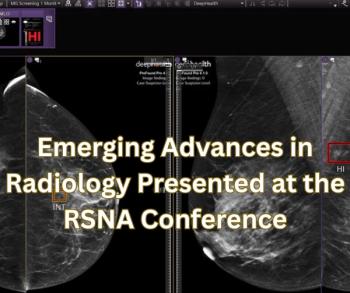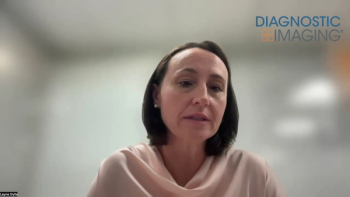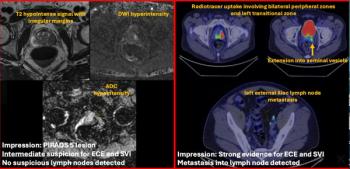
MR spectroscopy moves from the brain to bones
Characterizing musculoskeletal tumors with MR spectroscopy could eliminate the need for standard imaging and histological staging. Researchers at Johns Hopkins University have found preliminary success using MRS at 3T to diagnose bone tumors.
Characterizing musculoskeletal tumors with MR spectroscopy could eliminate the need for standard imaging and histological staging. Researchers at Johns Hopkins University have found preliminary success using MRS at 3T to diagnose bone tumors.
Dr. Laura M. Fayad, an assistant professor of radiology, and colleagues examined six bone tumors. They correctly detected a choline peak in two malignant cases and no choline peak in four benign cases, Fayad told Diagnostic Imaging.
The group had previously been successful in using MRS at 1.5T to investigate resected tumors. Fayad reported that study at the 2004 RSNA meeting.
Newsletter
Stay at the forefront of radiology with the Diagnostic Imaging newsletter, delivering the latest news, clinical insights, and imaging advancements for today’s radiologists.




























